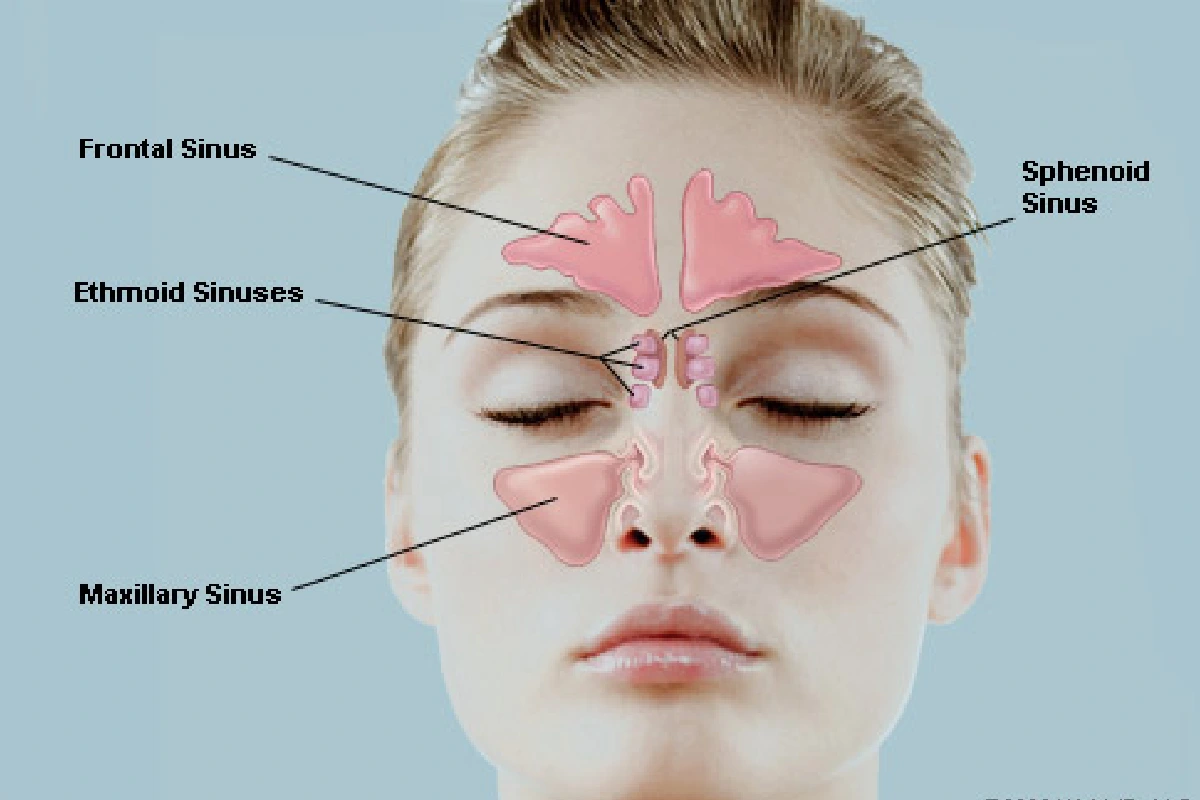How To Treat Sinus? – Acute sinusitis causes the places inside your nose (sinuses) to become inflamed and swollen. It interferes with drainage and causes mucus to build up. With acute sinusitis, it might be difficult to breathe through your nose. The area around your eyes and face might feel swollen, and you might have throbbing facial pain or a headache.
Table of Contents
Tips To Treat Sinus to Relieve Symptoms
Most cases of acute sinusitis get to improve on their own. Self-care techniques are usually all you need to ease symptoms. Your doctor may recommend treatments to help relieve sinusitis symptoms, including:
- Saline nasal spray, which you spray into your nose several times daily to rinse your nasal passages.
- Nasal corticosteroids. These nasal sprays help prevent also treat inflammation. Examples include fluticasone (Flonase Allergy Relief, Flonase Sensimist Allergy Relief, others), and budesonide (Rhinocort Allergy). And mometasone (Nasonex) and beclomethasone (Beconase AQ, Qnasl, others).
- These medications are available in over-the-counter (OTC) prescription liquids, tablets, and nasal sprays. Use indistinct decongestants for only a few days. Otherwise, they may cause more-severe congestion (rebound congestion).
- Allergy medications. If your sinusitis remains due to allergies, using allergy medications may help lessen allergy symptoms.
- OTC pain reliefs, such as acetaminophen (Tylenol, others), isobutylphenyl propionic acid (Advil, Motrin IB, others), or aspirin.
Use carefulness after charitable aspirin to kids or teenagers. Though aspirin remains approved for use in children older than 3, children and teenagers recovering from chickenpox or flu-like symptoms should never take aspirin. It is because aspirin has remained linked to Reye’s syndrome, a rare but potentially life-threatening condition, in such children.
Symptoms of Sinus
Acute sinusitis signs besides symptoms often include:
- Thick, yellow, or greenish secretion from the nose (runny nose) or down the back of the throat (postnasal drainage)
- Blocked or stuffy nose (congestion) causing trouble breathing through your nose
- Pain, tenderness, swelling, and weight around your eyes, cheeks, nose, or forehead worsen when bending over.
Risk factors of Sinus
You may remain at increased risk of getting sinusitis if you have:
- Hay fever or an additional allergic condition that affects your sinuses
- A shared cold that affects your sinuses
- A nasal passageway abnormality, such as a diverged nasal septum, nasal polyps, or tumors
- A medicinal condition such as cystic fibrosis or an immune scheme disorders such as HIV/aids
- Exposure to smoke, moreover from smoking or through secondhand smoke exposure. Since you’re interested, you may also read this article: Planet Fitness Free Weights.
Prevention
Take these steps to assist decrease your risk of getting acute sinusitis:
- Avoid upper breathing infections. Stay away from persons who have colds or are sick with other diseases. Wash your hands often with soap and water, especially before your meals.
- Manage your allergies. Work with your doctor to preserve symptoms under control.
- Avoid cigarette smoke besides polluted air. Tobacco smoke and additional pollutants can irritate and exacerbate your lungs and nasal passages.
- Use a humidifier. If the midair in your home is dry, such as if you have forced-air heat, adding moisture to the air may help stop sinusitis. Be sure the humidifier stays fresh and free of mold with regular, thorough cleaning.
Conclusion:
Although, A condition in which the cavities about the nasal passages become inflamed. Chronic sinusitis takes up to eight weeks and may remain caused by an infection or growth. Also, Acute sinusitis can remain triggered by a cold or allergies and may resolve independently.
Also read: Linzess Pros And Cons – How It Works

